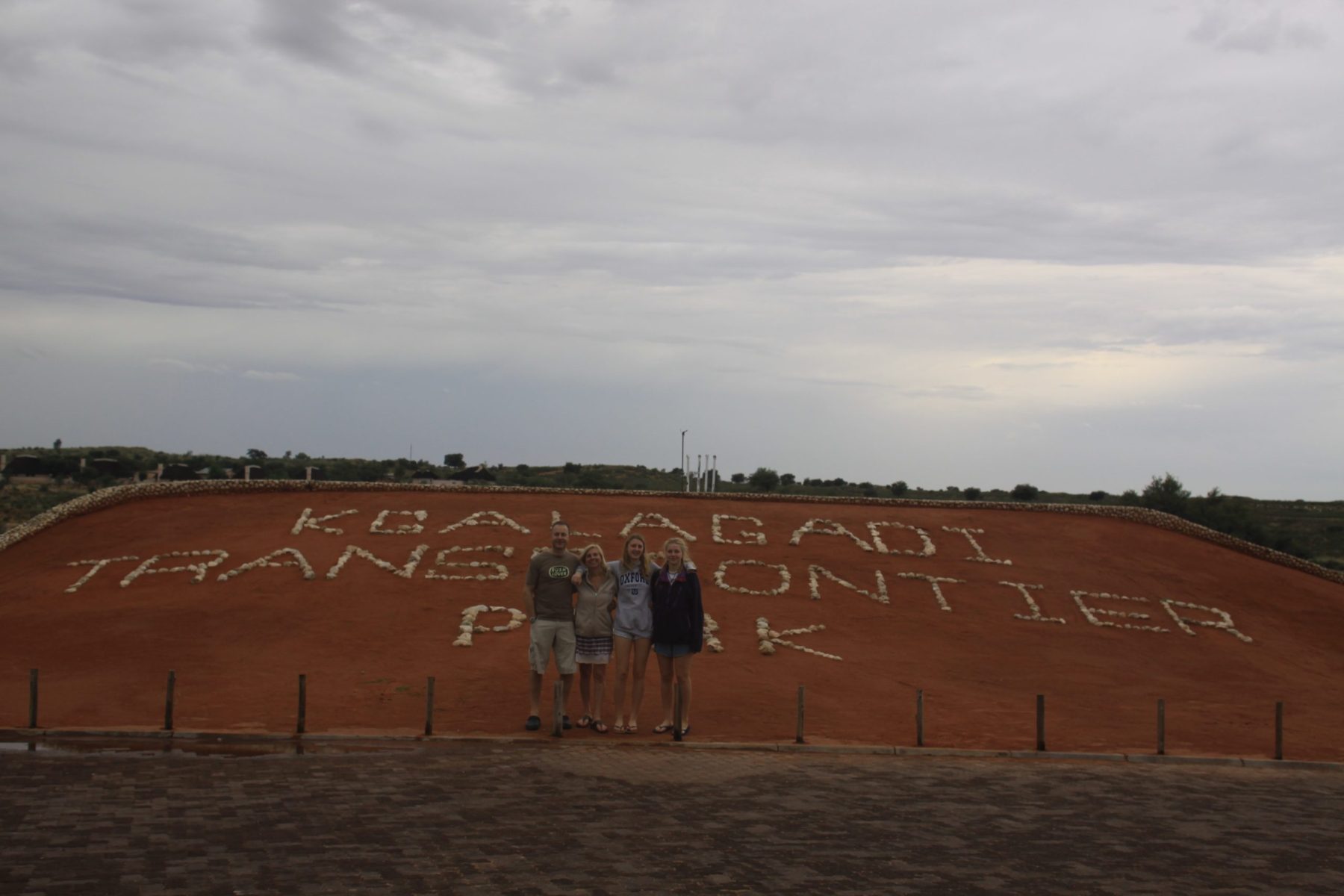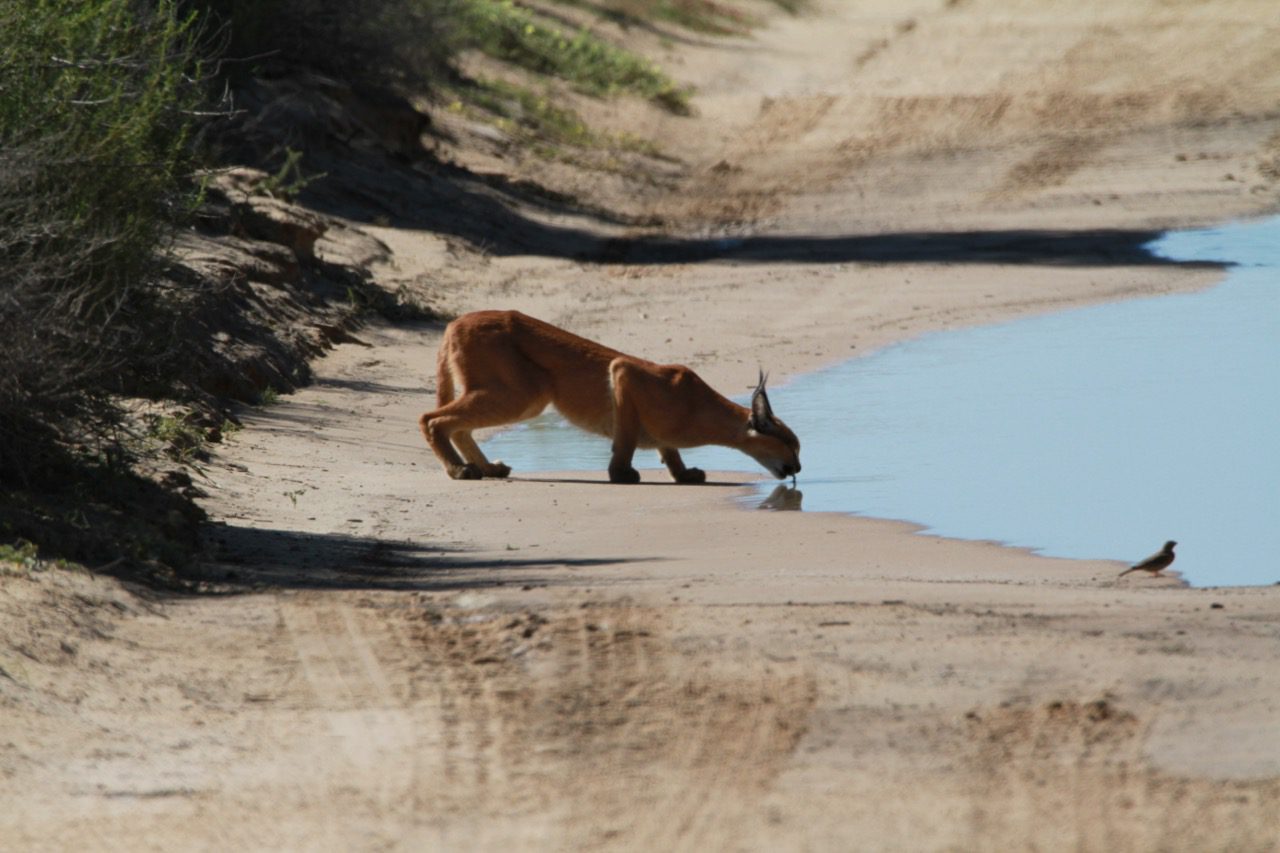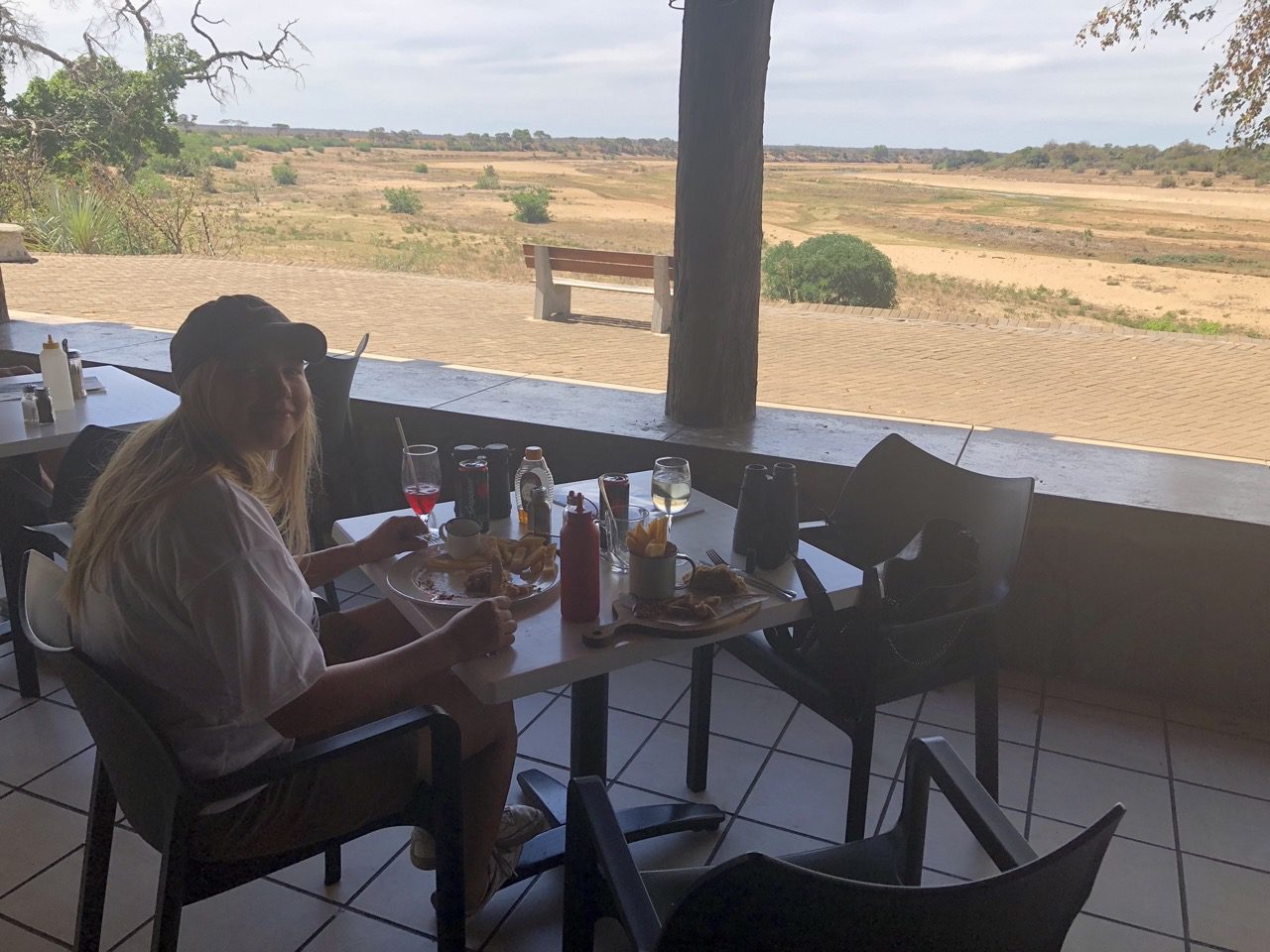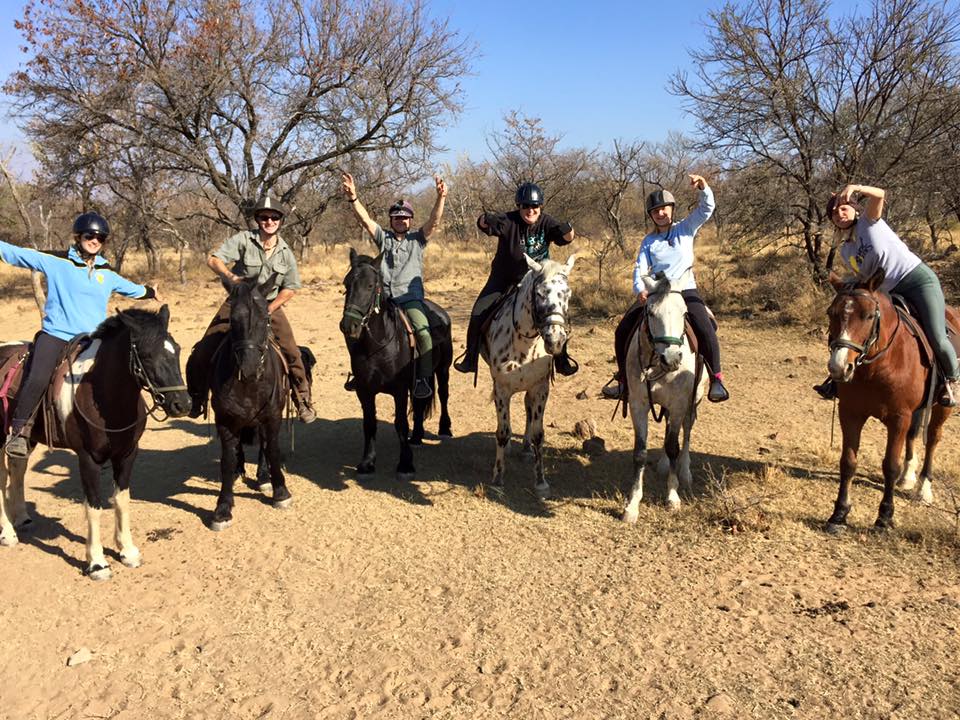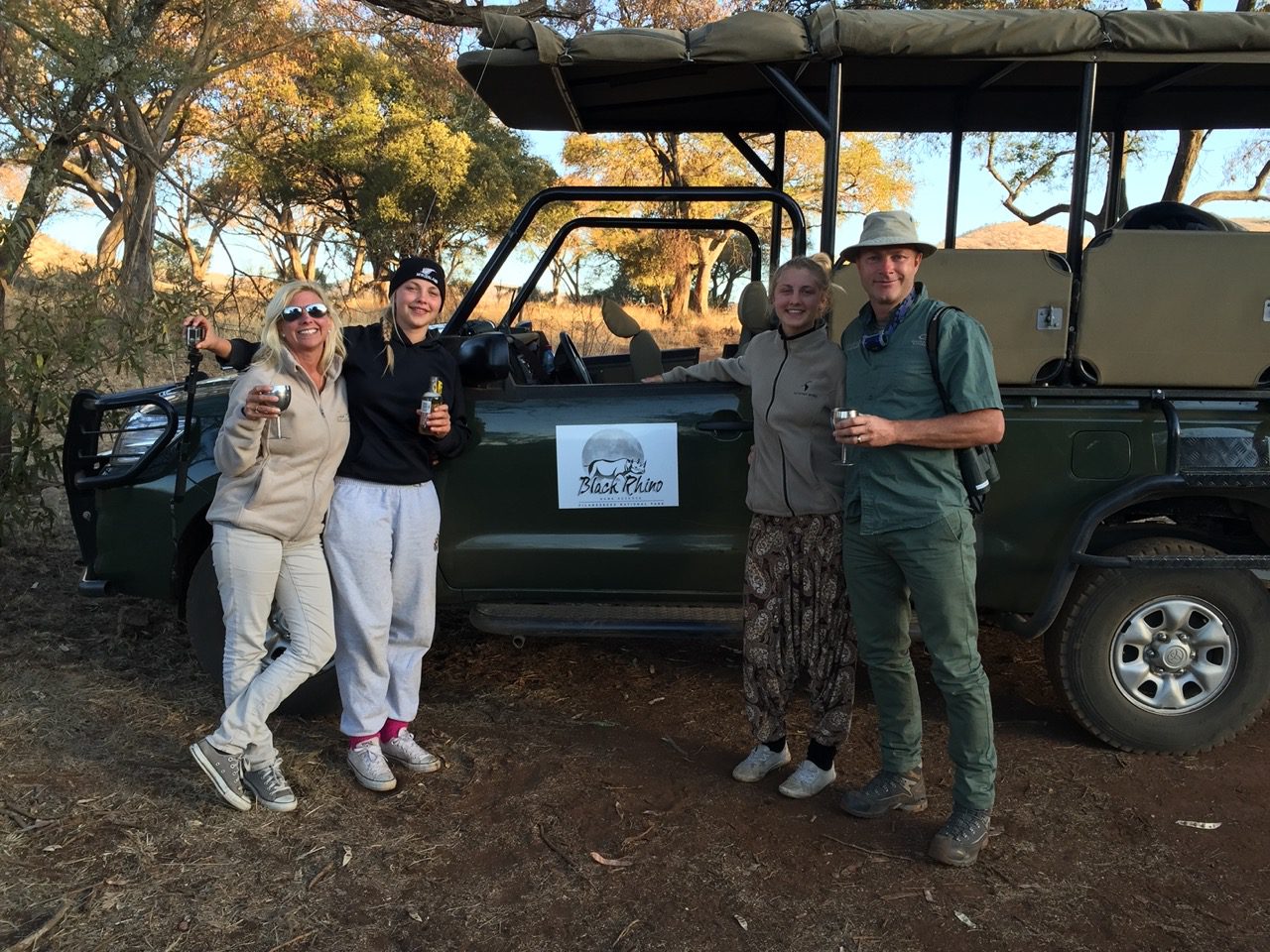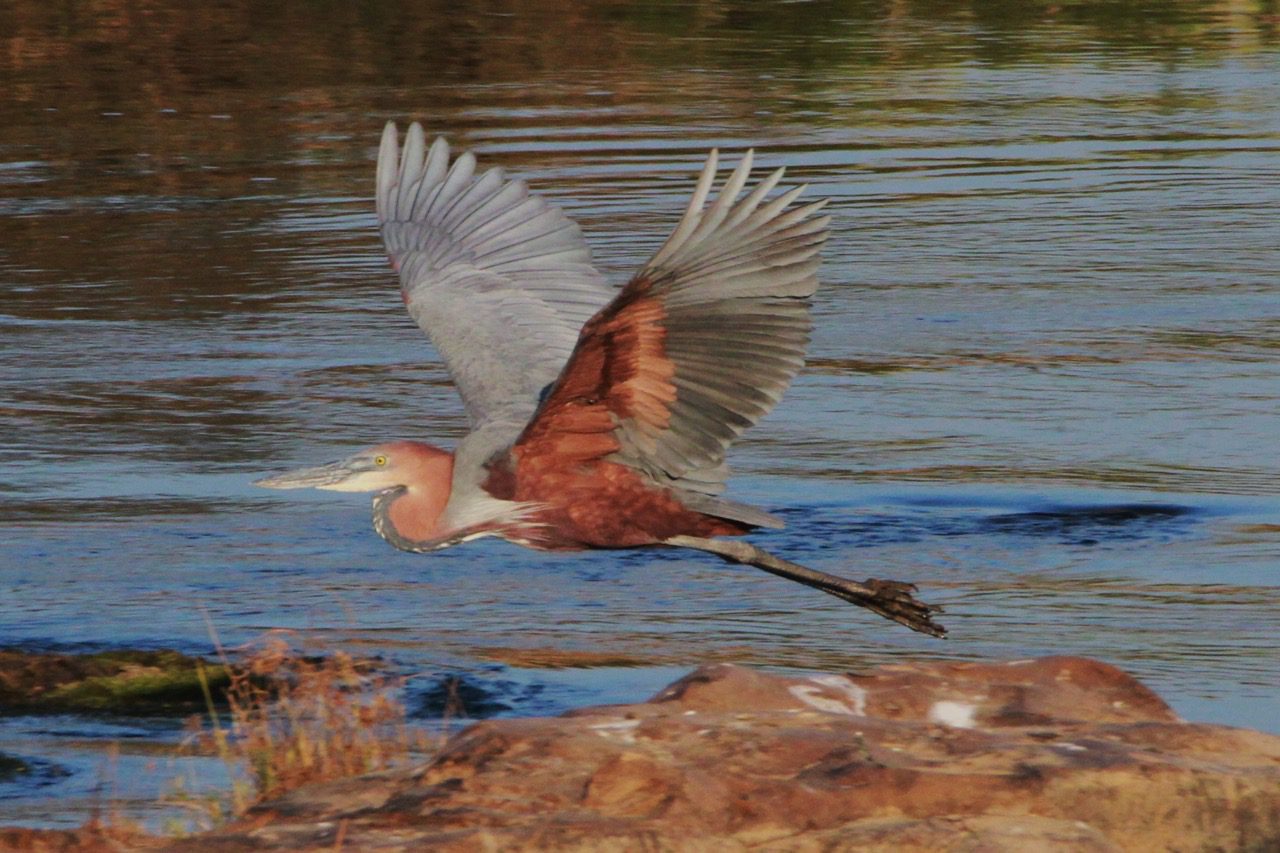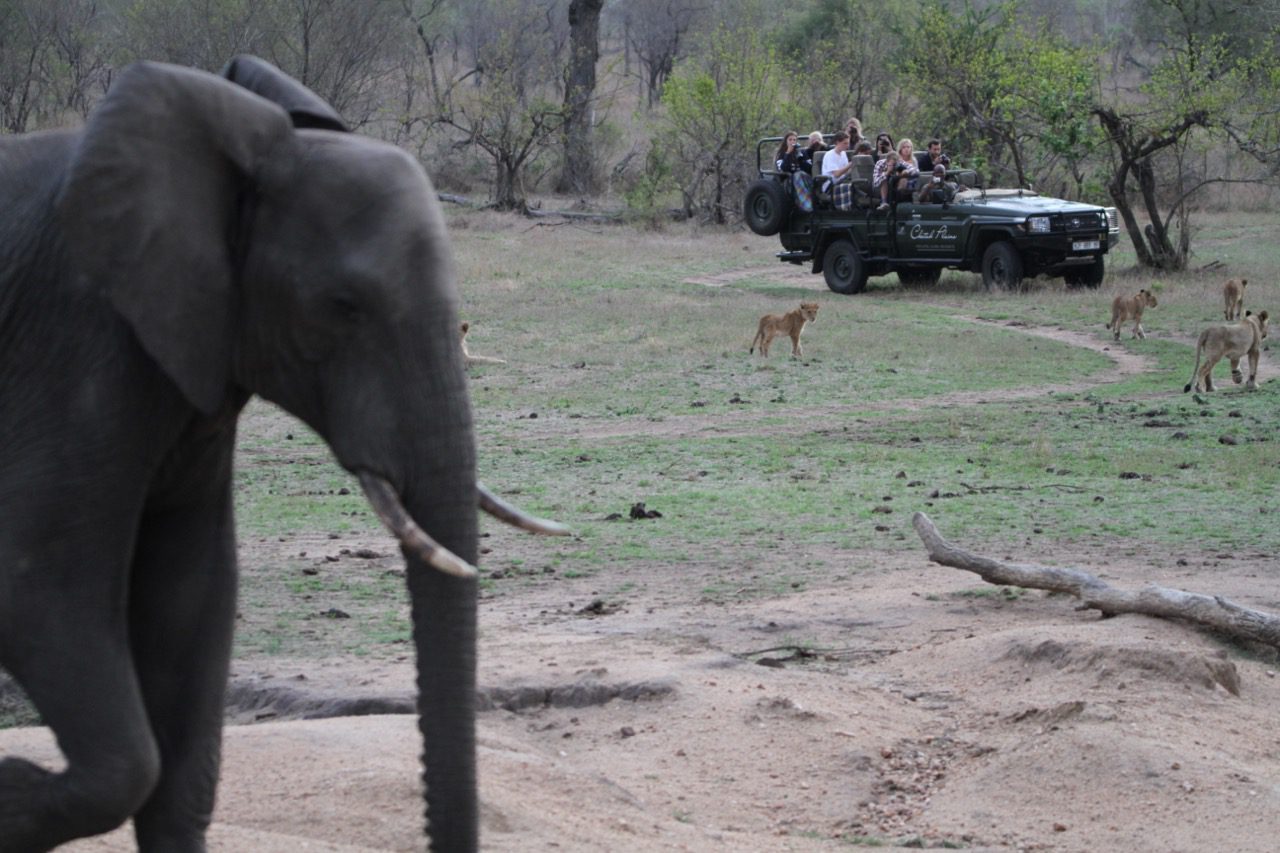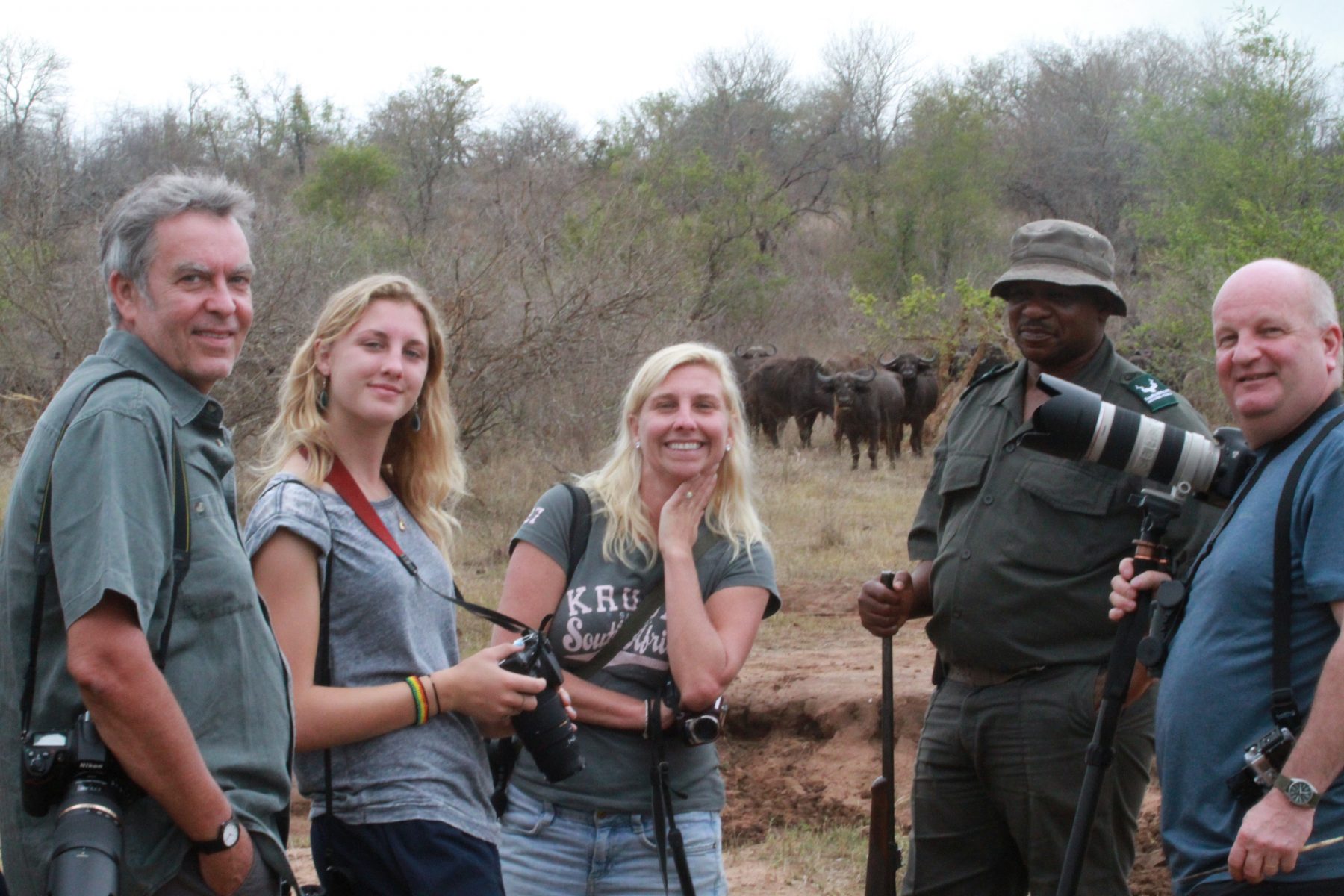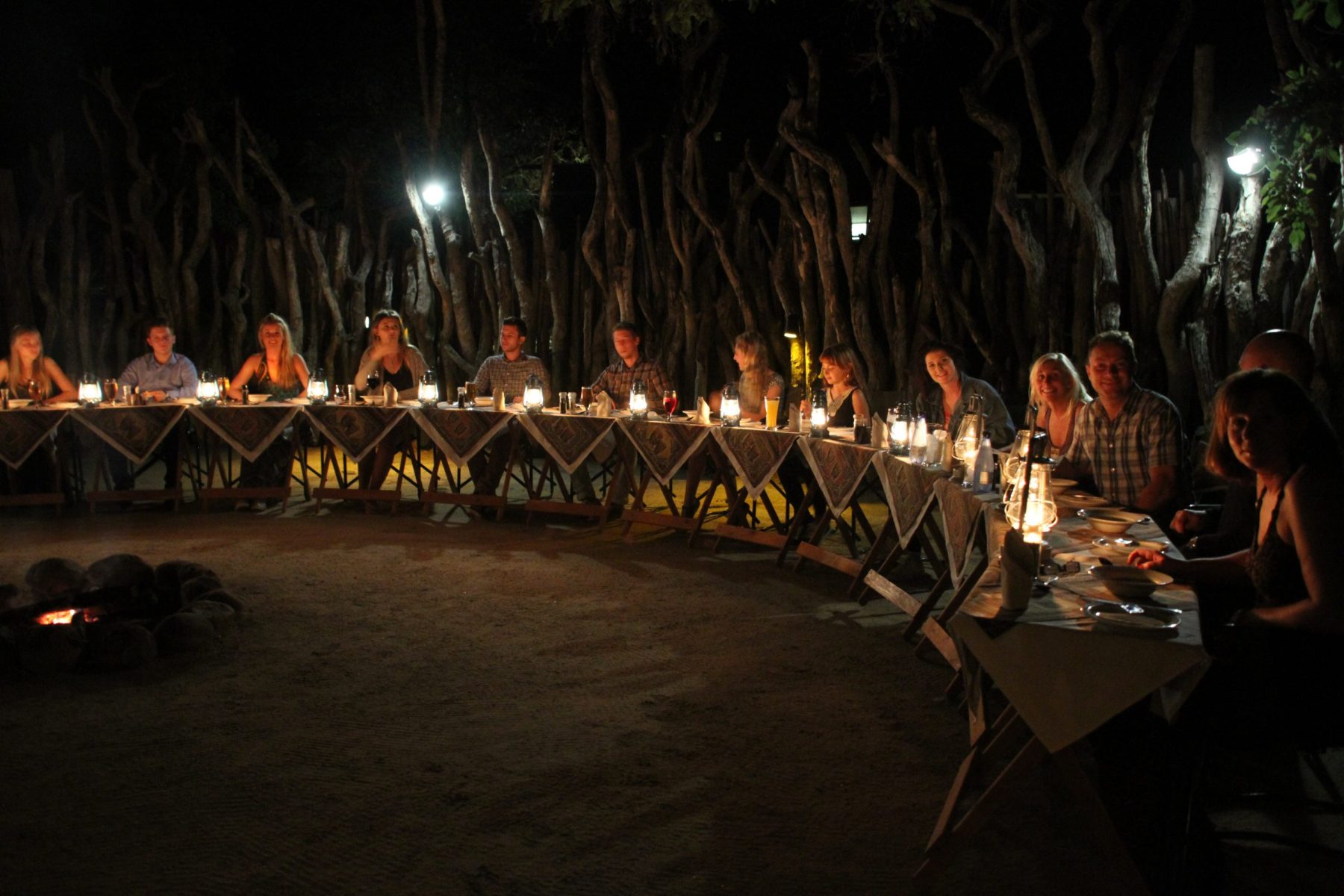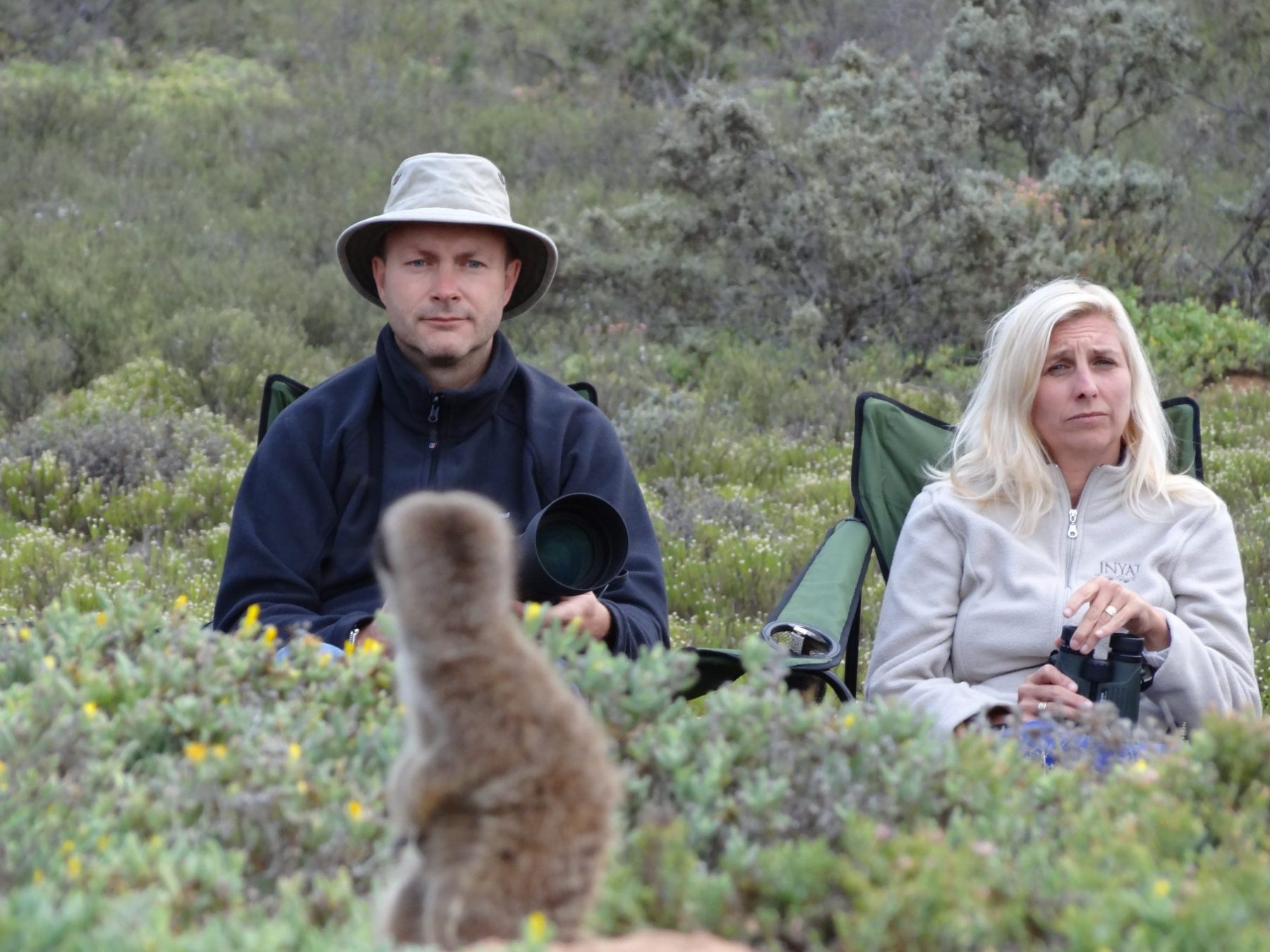SA: Kgalagadi Transfrontier Park (KTP)
Legend says, 'Once the red Kalahari sand bites your toes, you will be drawn back again and again and again'.... Well, we lost our hearts on our first visit - extremely tough as this has caused major contention with our Kruger addiction! This vast and wild wilderness straddles South Africa and Botswana and touches Namibia too. It is the semi desert red dunes and star studded sky and the big cats that draws your soul....CAUTION: HIGHLY ADDICTIVE!

